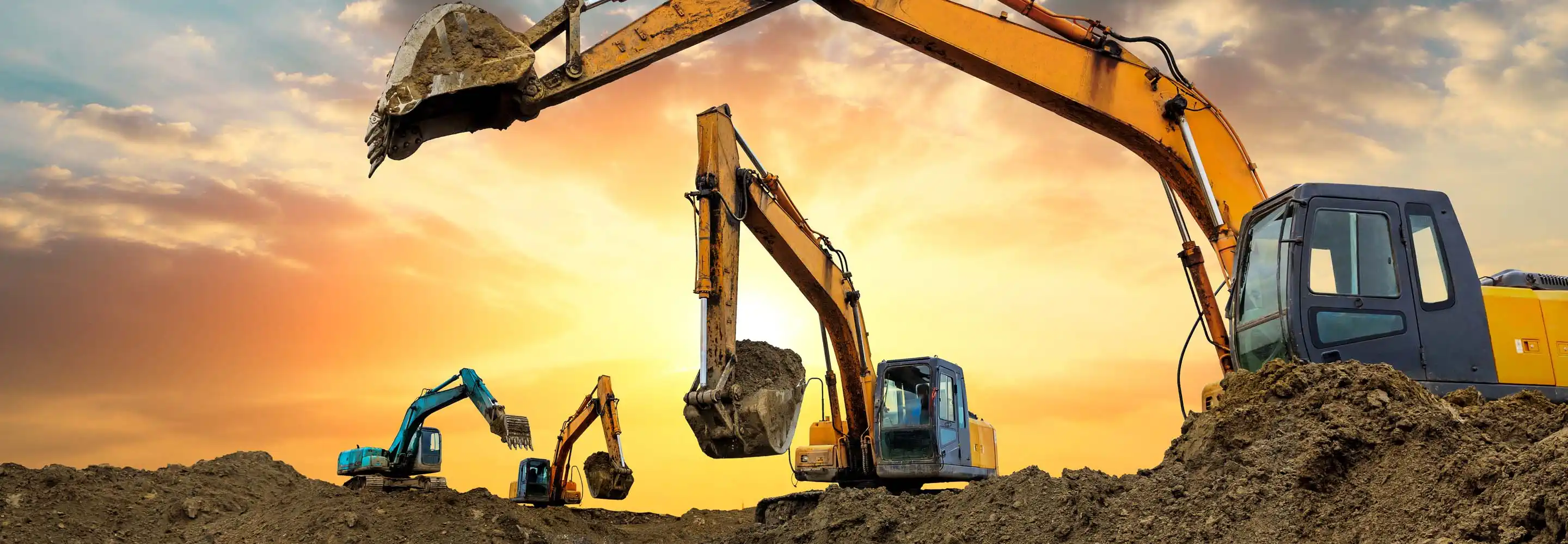Trusted Construction Equipment Rentals for Your Tasks
Trusted Construction Equipment Rentals for Your Tasks
Blog Article
Renting Out Vs. Purchasing Building Tools: Making the Right Selection for Your Job
When getting started on a building task, one of the vital decisions that forecast stakeholders and supervisors deal with is whether to purchase or rent out building equipment. The decision pivots on various variables such as price considerations, task period, equipment maintenance, scalability, danger, and flexibility management.
Expense Considerations
Leasing devices commonly requires lower preliminary settlements contrasted to acquiring, making it an appealing alternative for temporary projects or contractors with budget plan restrictions. In the lengthy run, consistently leasing equipment can collect higher expenses than purchasing, specifically for extensive jobs.
On the various other hand, purchasing building and construction equipment involves greater ahead of time costs yet can result in lasting cost savings, particularly for long-lasting tasks or constant users. Eventually, the choice in between purchasing and leasing building tools pivots on the project's duration, frequency of use, budget factors to consider, and long-term financial goals.
Job Period

On the other hand, for long-term tasks or ongoing construction job, buying tools could be the more cost-effective option. Buying tools can lead to set you back savings over time, particularly if the tools will certainly be often utilized. Moreover, owning equipment supplies a feeling of control over its availability and enables customization to fit certain project needs.

Tools Maintenance
Provided the vital duty job duration plays in determining the most affordable approach between renting out and getting building and construction equipment, the emphasis now changes in the direction of taking a look at the crucial facet of tools upkeep. On the various other hand, possessing equipment calls for a proactive approach to maintenance to avoid failures, guarantee safety, and prolong the equipment's lifespan. Ultimately, a well-kept building and construction equipment fleet, whether rented out or had, is vital for the effective and efficient conclusion of construction jobs.
Versatility and Scalability
In the realm of building devices management, the facet like this of adaptability and scalability holds significant value for task efficiency and source application. Choosing to rent building and construction equipment gives a high degree of flexibility as it allows for the fast adjustment of tools types and quantities based upon the developing requirements of a project. Leasing enables specialists to access a variety of specialized devices that may be needed for certain jobs without the long-lasting dedication of possession. This versatility is specifically useful for projects with differing demands or uncertain durations (construction equipment rentals).
Furthermore, scalability, an additional important aspect, is naturally connected to adaptability. Renting out building and construction devices supplies the advantage of quickly scaling useful site operations up or down as task needs fluctuate. Professionals can swiftly trade or include devices to match the job's changing requirements without the restrictions of possessing properties that may end up being underutilized or outdated. This ability to range sources efficiently can cause price financial savings and improved task timelines, making renting a beneficial alternative for jobs needing flexibility and responsive source allocation.
Threat Monitoring
Efficient threat management in building tools procedures is extremely important to making certain job success and mitigating potential monetary losses. Construction projects inherently involve various threats, such as devices breakdowns, accidents, and project hold-ups, which can dramatically impact the task timeline and spending plan. By carefully considering the risks linked with owning or leasing building and construction devices, job managers can make educated decisions to minimize these potential risks.
Leasing construction equipment can use a level of threat mitigation by transferring the duty of maintenance and repair work to the rental company. This can minimize the financial burden on the task owner in case of unanticipated tools failures (forklift rental). Additionally, renting out offers the versatility to access specialized tools for particular task stages, minimizing the risk of having underutilized equipment
On the other hand, possessing construction tools provides a feeling of control over its usage and upkeep. Nonetheless, this also indicates bearing the complete obligation for fixings, upkeep expenses, and depreciation, enhancing the economic risks connected with equipment possession. Cautious threat analysis and factor to consider of elements such as task period, equipment usage, and upkeep demands are important in establishing the most suitable option for reliable threat administration in building and construction tasks.
Verdict
Finally, when determining between renting out and acquiring building tools, it is very important to take into consideration cost, project duration, devices upkeep, danger, scalability, and flexibility management. Each aspect plays a vital function in determining one of the most suitable option for the task handy. By carefully heavy duty lawn roller examining these aspects, task supervisors can make an enlightened decision that aligns with their budget plan, timeline, and total project objectives.

Report this page